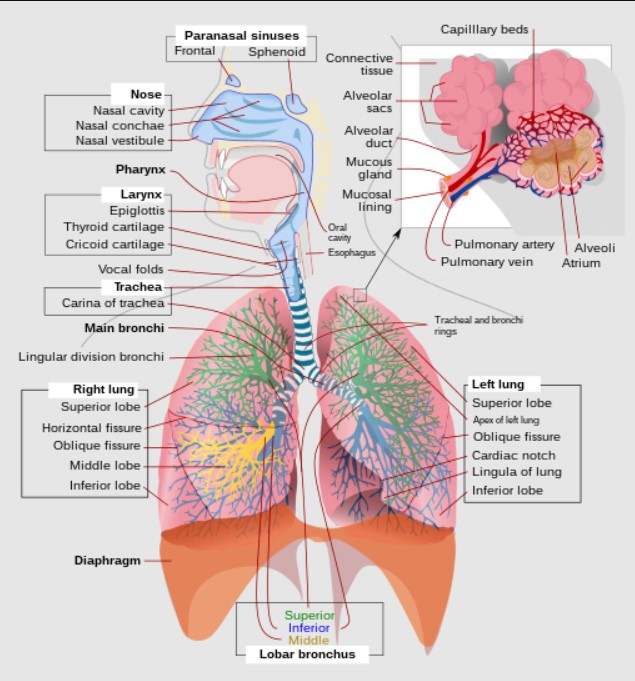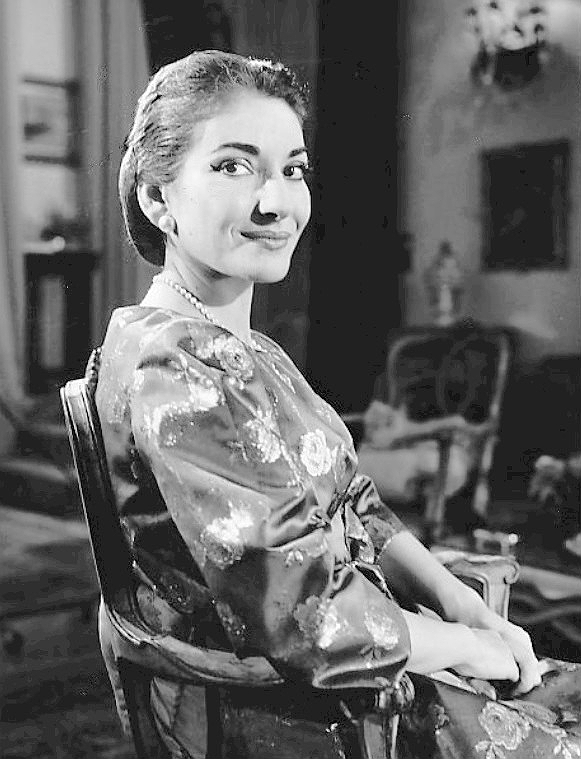Voice and Vocal Ensembles
LIVE MUSIC 2: Voice and Vocal Grouping

The mechanism which produces human voice may be divided into three parts:
a) The respiratory system. It includes the diaphragm and the lungs. They produce an airflow that is pulled past the larynx.
b) The phonatory system. It includes the larynx (also called "voice box") and the vocal folds (also called vocal cords). When the airflow from the lungs makes vocal cords vibrate, voice is produced.
c) The resonatory system. The throat, nose cavities and mouth are part of it. The vibration form the vocal cords reaches the vocal tract, it shapes the sound which is finally turned into speech by the tongue, teeth and lips. Every vocal tract influences the voice it produces and the voice can also be modulated to show emotions.
If you pay attention to the image on the left, you will see how many parts of the human body are necessary to produce voice.
Voices are classified according to their vocal range, that means the useful span of pitches a singer can produce. As the size in vocal folds influences the pitch of voices, there is a common classification in male voices and female voices and their low or high vocal range. Anyway, some singers fall between voices and can perform some parts of repertoires in a higher or lower vocal range.

This is a classification specifically for classical and operatic voices as in other types of music the attention is on the genre of music, not on the pitch or timbre. There is also another type of masculine voice called countertenor which refers to a tenor o baritone who uses the falsetto to make their voice sound higher, similar to a female soprano.
According to the number of performers, a voice ensemble may be a duet, trio, quartet, quintet, etc. When the number of singers is bigger, it is called a choir and there may be different types of choirs: school choir, church choir, professional choir, community choir, etc. According to the types of voices, we can distinguish, for example, mixed choirs if they include female and male voices, equal voice choirs if they are made up of either female or male voices and treble choirs if they include children's voices. Choirs can also sing a capella (without music) or accompanied by a piano, keyboard or even a small band.
Type of vocal phonation which enables singers to perform notes beyond their normal vocal range.
If we talk around 12, we can call it a vocal ensemble or vocal group. If we have less than 40, usually quite far from 40, we can call it a chamber choir.
Maria Callas (1923-1977) was an American-Greek soprano. She was famous because of her talent, voice, technique and stage interpretations.
Licensed under the Creative Commons Attribution Non-commercial Share Alike License 4.0
